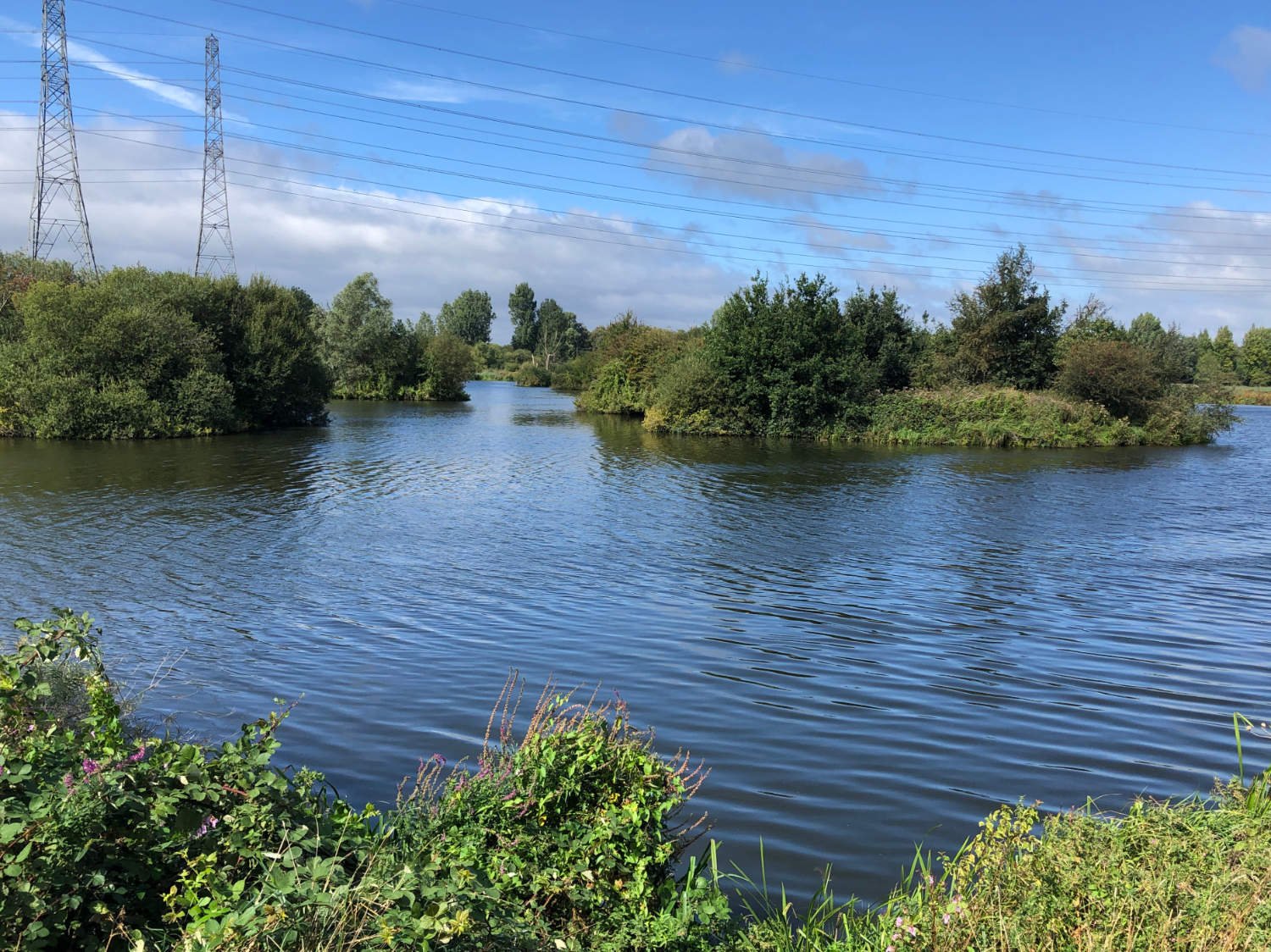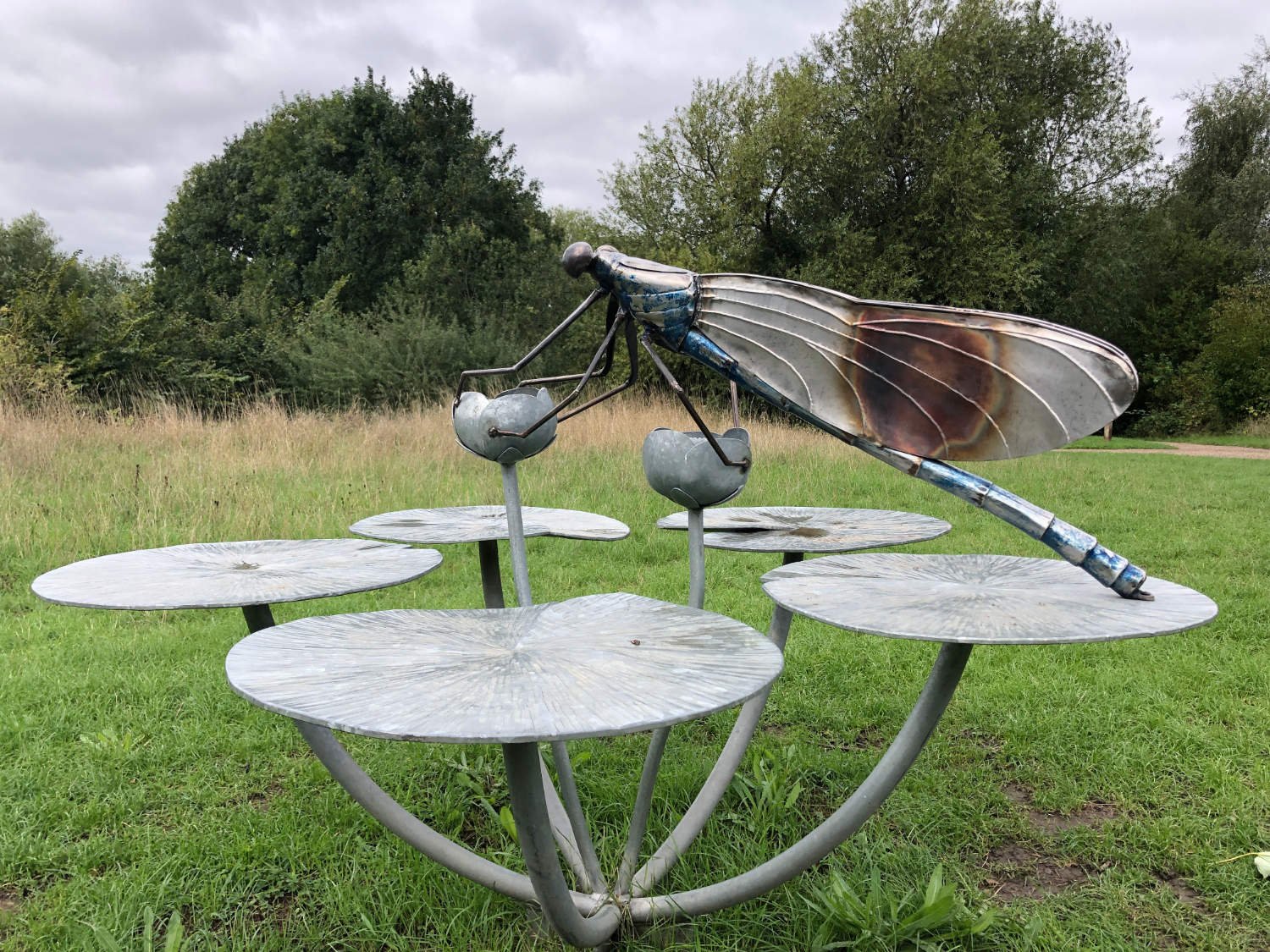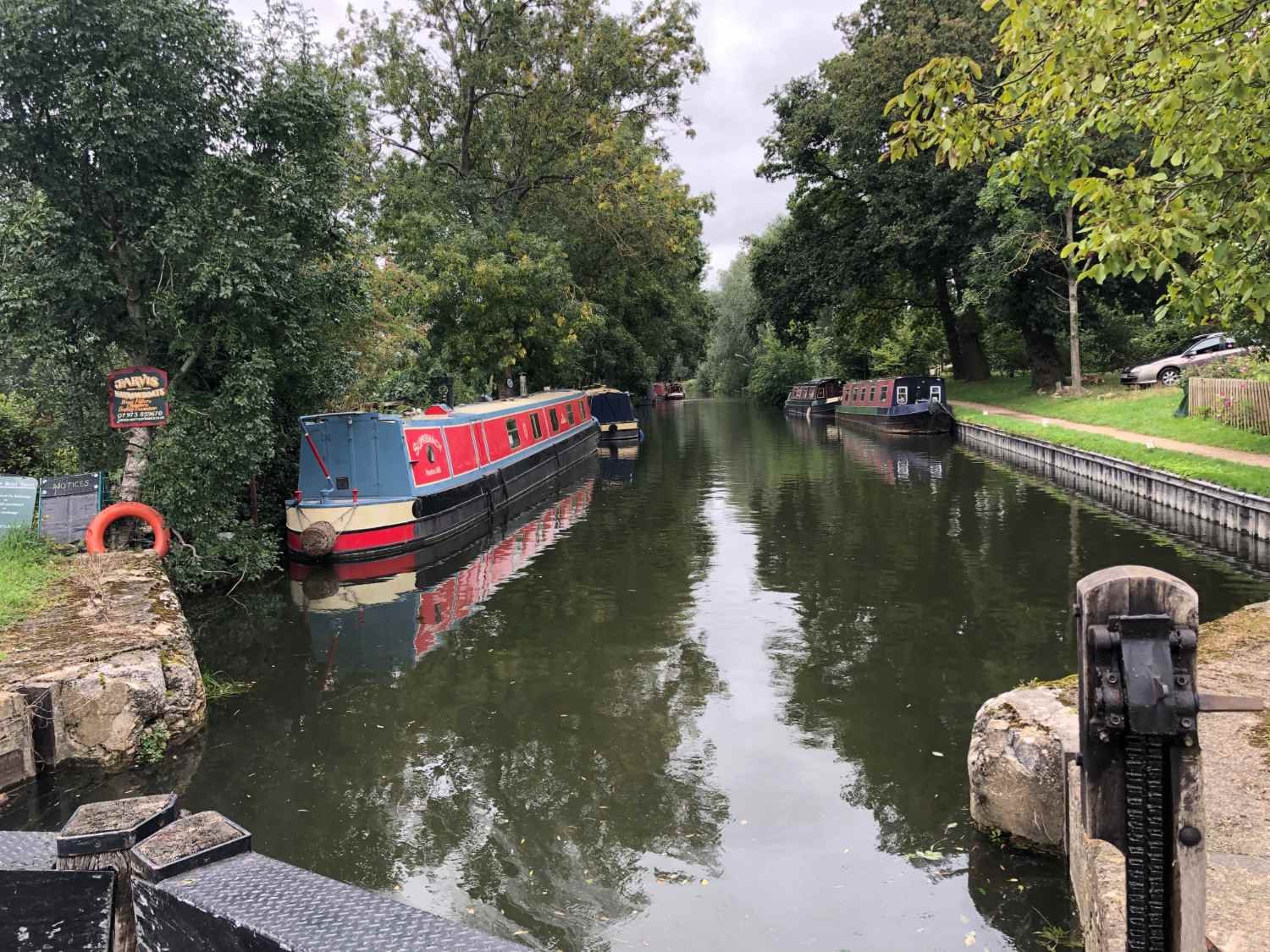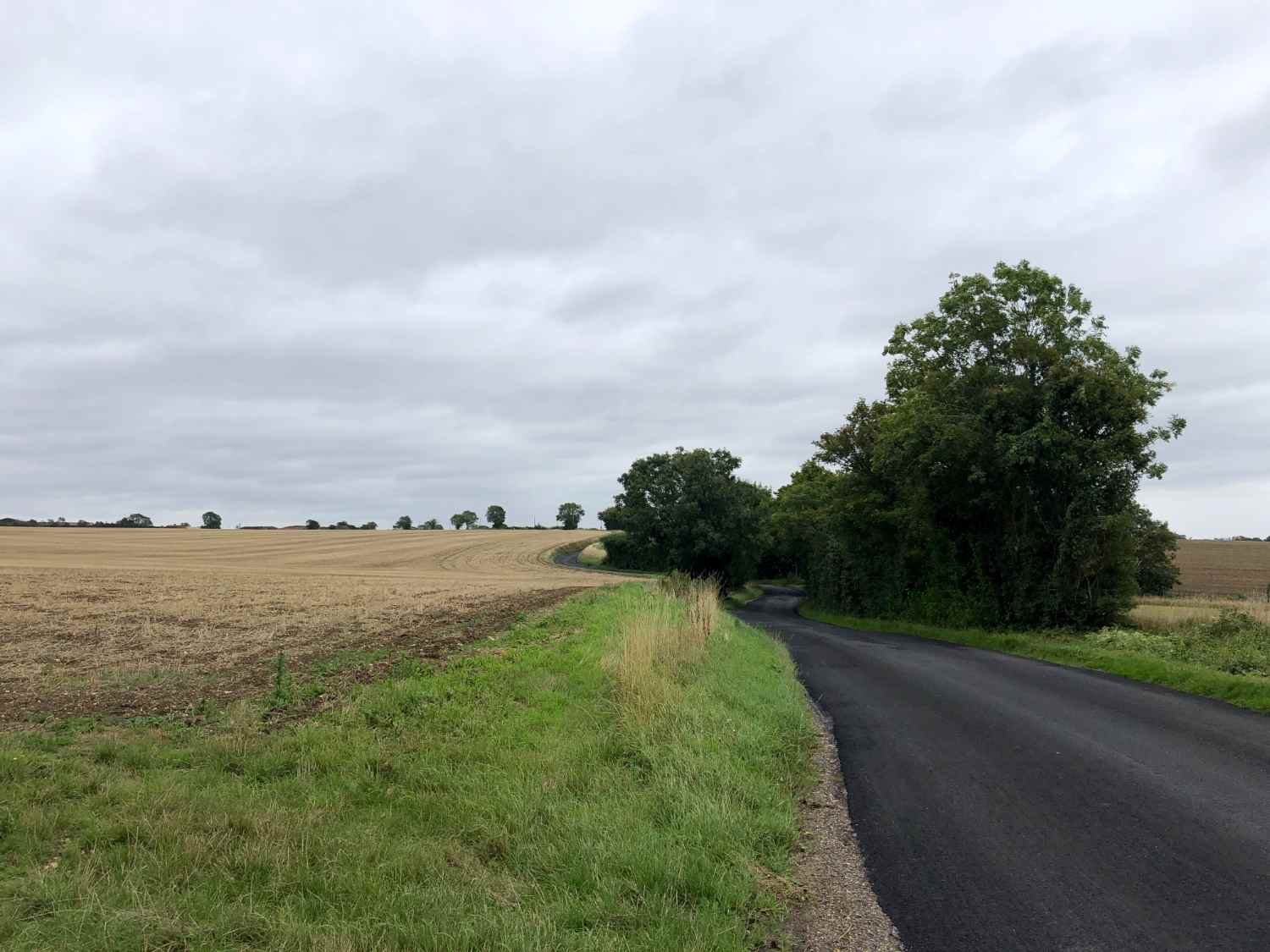NCN 1 Stage 3 London to Colchester
Ride overview
There are bike rides where one just gazes at hills rolling by, or at mountains touching the sky. I love such routes, be they in the Yorkshire Dales, the Highlands of Scotland, or in the Apennines of Abruzzo, but things are different in the flatlands of Essex. The county’s beauty is more subtle than that of grander landscapes; there’s the visual drama of light where it plays on the waters of the estuaries, or on the tops of trees. The tidy hedges sing with blackcaps, dunnocks and great tits, the copses are full of rooks heckling you as you ride. That said, there will be many stages ahead which hold more appeal than this gentle day in an agricultural landscape.








Ride practicalities
The route is well signed as NCN
START/FINISH: Lee Valley/Coclchester Castle DISTANCE: 122km TOTAL ASCENT: 832m TERRAIN AND SURFACES:The route is almost entirely on quiet single-lane roads with some short, well-packed gravel cycle paths. There are no recommended re-fuel stops, nor accommodation suggestions. Part of the fun of cycle-touring is for each individual to discover their own places, based on budget, mood and need. NEARBY MAINLINE TRAIN SERVICES: Harlow, Chelmsford, Colchester PLACES TO VISIT: Chelmsford; Chelmsford Cathedral, Colchester; Colchester Castle, Layer Marney; Layer Marney Tower, the tallest gateway in England, Tiptree; Tiptree jam factory and tea room LINKS TO OTHER RIDES: NCN1 Stage 2, NCN1 Stage 4, NCN13,
Ride notes
As you ride north out of London along the Lee, part canal, part river, you ride past many of the old gravel lakes which are now willow lined and in whose branches birds of various sorts sing. Some lakes are full of sails and kayaks. Others like Glen Faba are perfect for a warm summer swim. It’s not a sanctioned swimming place so the usual caveats apply, but if the day is warm, it’d be a missed opportunity not to have a few watery moments followed by a dry off in the warm summer air lying on a well positioned bench.
Glen Faba, Royston
At Roydon you leave the Lee Valley and its hard-packed cycle path and ride towards Harlow on quiet roads mainly through some dreary housing. The town dates back to the Mesolithic era of 10,000 years ago, but it is also a very modern town, created around the nucleus of the old village in 1951 to alleviate the housing crisis of East London. From the saddle, it seems to be place that is lacking in love and investment. However, it has one of the most extensive cycle track networks in the country. The town was the first in Britain to have a pedestrian precinct, around which are placed over 100 modern sculptures, created by such names as Moore, Fink, Hepworth and Rodin.
There are some good gravel sections along the route
Between Harlow and Chelmsford, there’s wistful countryside of single-track sandy lanes, well-surfaced gravel tracks, small fields lined with hedges and stately poplars. There are too, industrially large fields churned by monster tractors which tow a cloud of gulls behind them. You ride past ‘farms’, that is old houses in the vernacular Essex style of pitched roofs and sharp gables, with tidy front lawns and a trophy car on the gravel drive. Any actual farming is managed by large corporations with offices in towns.
A traditional Essex ‘farmhouse’
For all the promotional hype, detailing its history as a market town, its role in the development of Marconi transmitters and its large parish church-cum-cathedral, Chelmsford is a difficult place to love. Unless your needs are great, ride on the mix of gravel paths and narrow lanes, to Maldon.
You’ll see why you were encouraged to forego stopping in Chelmsford when you arrive in Maldon. It’s a place with a heart, of pretty buildings, Thames barges and salt. The later has been made for over 2,000 years and today the packets of the pyramid crystals are sold in over forty five countries. It’s prized because its less salty and bitter than many other sea salts.
Maldon is where the Btitish sense of fair play might have been born; on 11th August 991, Earl Byrhtnoth led his thegns against a Viking invasion. Seeing the enemy stranded on Northey Island where they could not engage in open battle, the Earl invited them across the causeway. Both sides set themselves up in position on an open field outside the town. In the subsequent fight, the Earl’s army was defeated.
Thames Barges at Maldon
For the last few kilometres to Colchester, you have a lovely short canal-side section to enjoy, views over the Blackwater estuary, more quiet fields and twisty lanes. You ride past the Tiptree fruit farm where the jams are made, and where its tea shop serves great cream teas, before entering Britain’s first ever city. First you have to ride alongside the great Roman protective ditch on an earth path, before a modern breach allows you into the city centre.
Ever since Boudicca’s failed revolt against the Roman invaders in 60AD, armies have always been garrisoned here. Today the Air Assault Brigade are stationed on the outskirts of the city, and you’ll often hear small arms fire as the troops train on the rangers. However, it’s the Castle which is the draw; converted from one of the most resplendent Roman Temples in the whole Empire, the Normans turned it into Europe’s largest keep. Although civil war has diminished its might, it is still an impressive place, as is the museum inside.
Every route on this website has been carefully researched as well as ridden. However situations on the ground can change quickly. If you know of changes to this route, or cafes, pubs and the like which you think other cyclists need to know about, feel free to share your thoughts below.
If you enjoyed this guide, why not subscribe to the website so as not to miss other inspirational routes?
wheremywheelsgo.uk is a Feedspot UK Cycling top website




